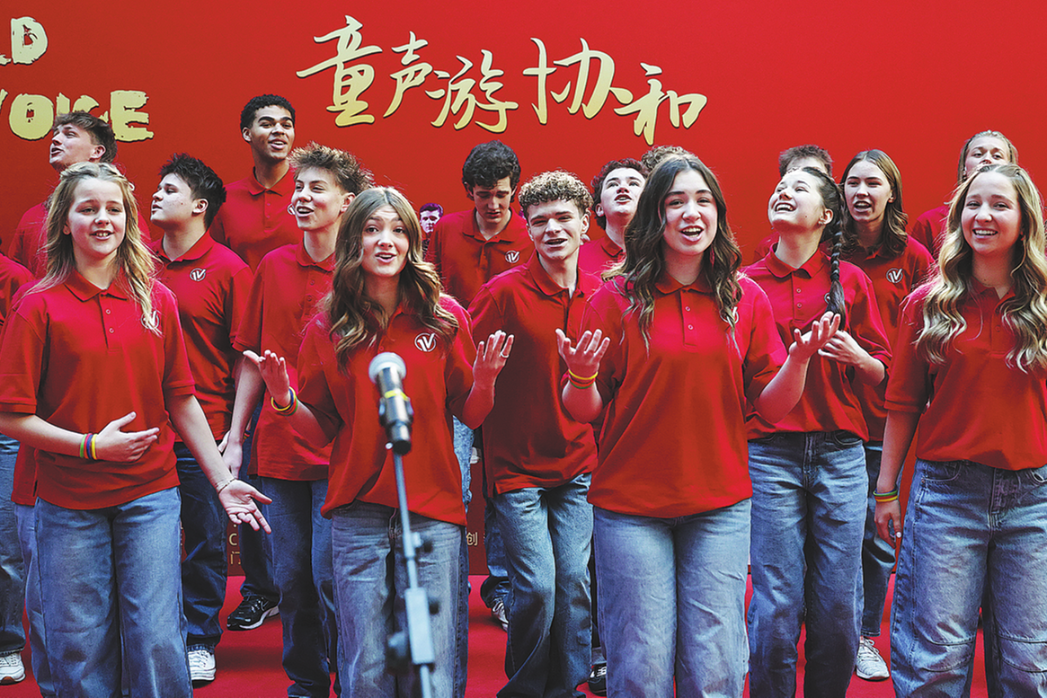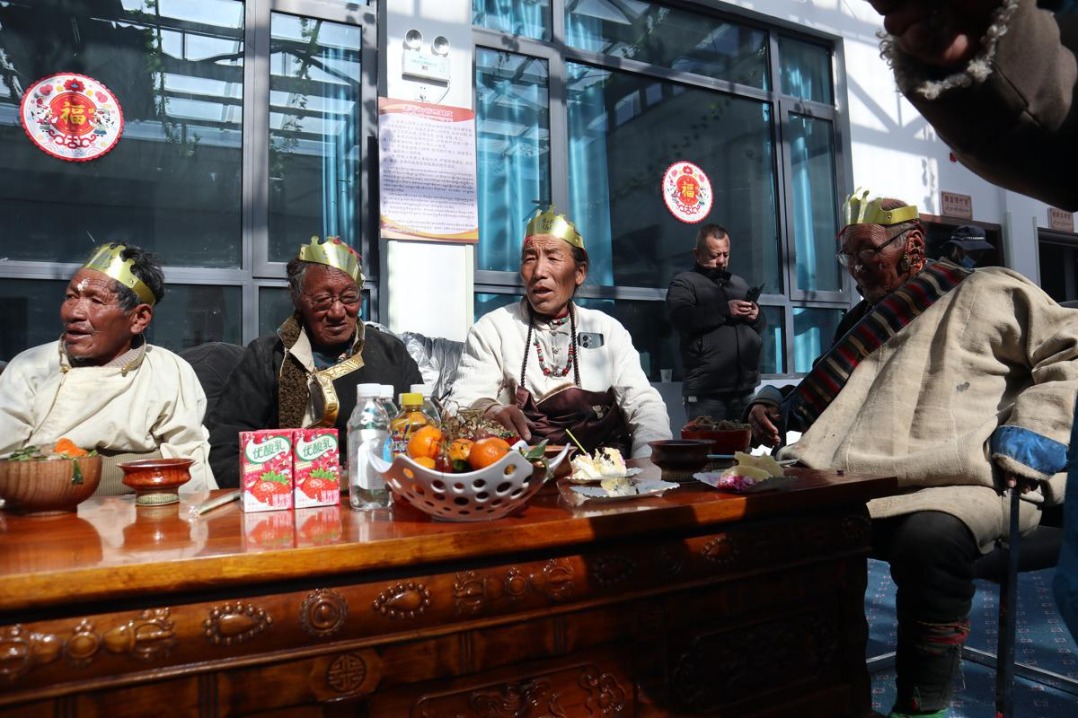Mounds claim their rightful place in history
Researchers piece together a fascinating tale to shed light on an exceptional saga, Wang Kaihao and Wang Ru report in Yinchuan.


Though a tomb is basically symmetrical along an axis, sacrificial hall, the mound above the tomb passageway, the pagoda, and burial chamber are located along another skewed line.
"It may reflect the traditional Tangut beliefs: the central axis is left to pay homage to ghosts and deities," Chen explains.
Chai reveals more comparative archaeological studies surrounding Xixia Imperial Tombs and those of other Chinese dynasties will be conducted to have a bigger picture of communication.
According to Du Jianlu, a history professor on Xixia studies, the time when Song, Liao, Xixia and Jin dynasties coexisted was an important period for various ethnic groups of China to merge and form a shared community.
"Khitan, Tangut and Jurchen ethnic groups communicated and integrated with the Han people for a long time," Du says. "They gradually absorbed the traditional material and spiritual culture of the Han and, vice versa, they also spread their own customs.
"It thus enriches the connotations of Chinese civilization," he adds.























